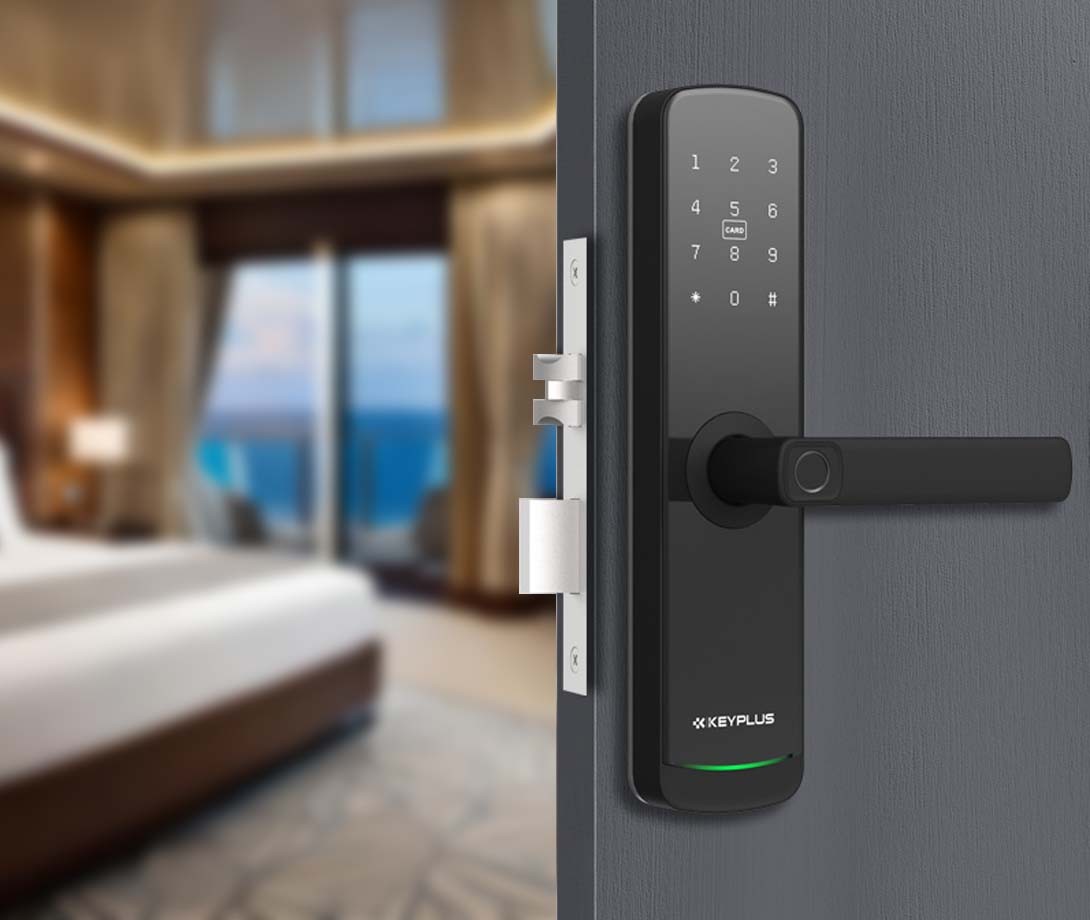Do Keyless Door Locks Have Batteries? A Complete Power Guide
Keyless door locks provide a modern, convenient alternative to traditional keys—but how do they stay powered? If you’re considering installing one, you might wonder: Do keyless door locks have batteries?
The short answer is: Yes, most keyless locks run on batteries. However, some models also offer backup power options or alternative energy sources.
In this guide, we’ll cover:
How keyless locks get power (battery types, lifespan, and alternatives)
What happens when the battery dies?
How to choose the best power option for your needs
By the end, you’ll know exactly how keyless locks stay powered and which type is right for your home or business.
How Do Keyless Locks Get Power?
Most electronic keyless locks rely on batteries rather than wired electricity. Here’s how different types work:
1. Battery-Powered Keyless Locks (Most Common)
- Use replaceable batteries (AA, AAA, or lithium).
- Typically last 6 months to 2 years, depending on usage.
Battery Types Used:
- AA/AAA Alkaline – Affordable, widely available.
- Lithium (CR123A, etc.) – Longer lifespan, better in extreme temperatures.
- 9V (for emergency backup) – Some locks include a 9V battery terminal for low-battery situations.
2. Hardwired Keyless Locks (Less Common)
- Some commercial-grade locks connect to building wiring (12V/24V).
- Rare for residential use—mostly seen in apartment complexes or offices.
3. Hybrid Power Options
- A few models support both batteries + wired power for backup.
- Example: Salto XS4 (used in hotels and businesses).
What Happens When the Battery Dies?
A dead battery doesn’t necessarily lock you out. Most keyless locks include emergency access features:
1. External Battery Boost (9V or USB)
- Many locks have a 9V terminal or USB port for emergency power.
2. Physical Key Override
- Some models include a traditional keyhole as backup.
3. Mechanical Keypad (No Power Needed)
- Rare, but a few locks allow manual code entry even with dead batteries.
4. Low-Battery Warnings
- Smart locks send app alerts when batteries are low.
- Basic keypad locks may beep or flash a warning light.
How Long Do Keyless Lock Batteries Last?
Battery life varies by lock type, usage, and connectivity. Here’s a general comparison:
| Lock Type | Battery Life | Factors Affecting Lifespan |
|---|---|---|
| Basic Keypad (No Wi-Fi) | 1-2 years | Frequent use, extreme temperatures |
| Bluetooth Smart Lock | 6-12 months | Number of daily unlocks |
| Wi-Fi Smart Lock | 3-6 months | Constant internet connection drains power |
| Fingerprint Lock | 6-12 months | Sensor usage affects battery |
Tips to Extend Battery Life:
Use lithium batteries (better in cold weather).
Disable unnecessary Wi-Fi/Bluetooth features if not needed.
Keep firmware updated (some updates optimize power usage).
Battery-Free Alternatives (Do They Exist?)
Most keyless locks require some form of power, but a few exceptions exist:
1. Mechanical Combination Locks (No Batteries)
- Old-school dial-based locks (like those on safes) don’t need power.
- Rarely used for doors due to lack of security features.
2. Kinetic Energy Locks (Self-Powering)
- A few experimental locks generate power from button presses.
- Not yet mainstream for residential use.
3. Solar-Powered Locks
- Some commercial locks (e.g., GateSmart) use solar panels.
- Not common for home door locks.
Verdict: For now, 99% of keyless door locks need batteries.
Final Verdict: Do Keyless Locks Need Batteries?
Yes—almost all keyless locks run on batteries.
Wi-Fi locks drain power faster (3-6 months).
Basic keypad locks last 1-2 years per charge.
Dead batteries don’t always mean lockouts (emergency options exist).
Quick Buying Tips:
If you want long battery life → Choose a non-Wi-Fi keypad lock.
If you need smart features → Get a lithium-powered Wi-Fi lock.
Always check backup power options (9V, USB, or physical key).
Have You Ever Been Locked Out Due to Dead Batteries?
Share your experiences (or questions) in the comments!
Post time: Jun-07-2025


